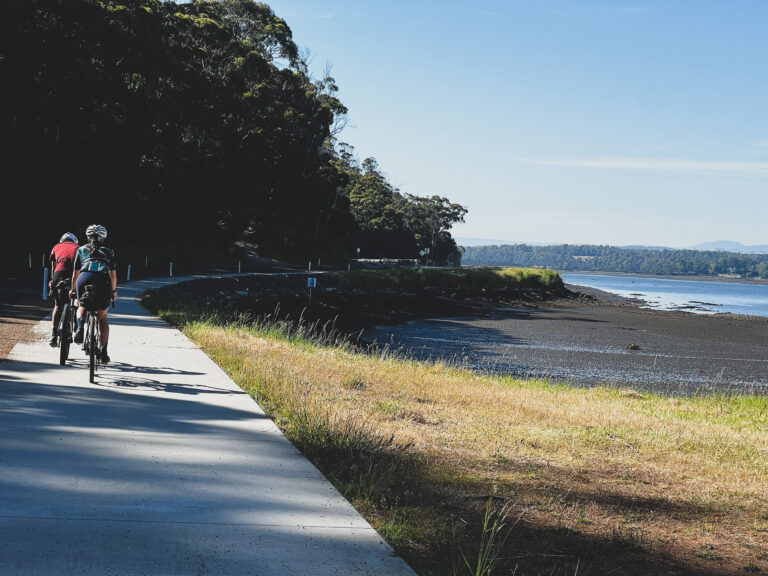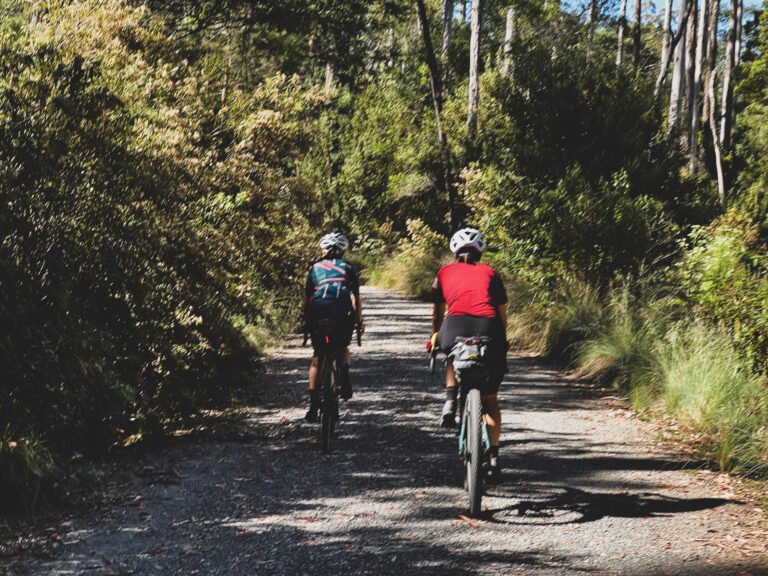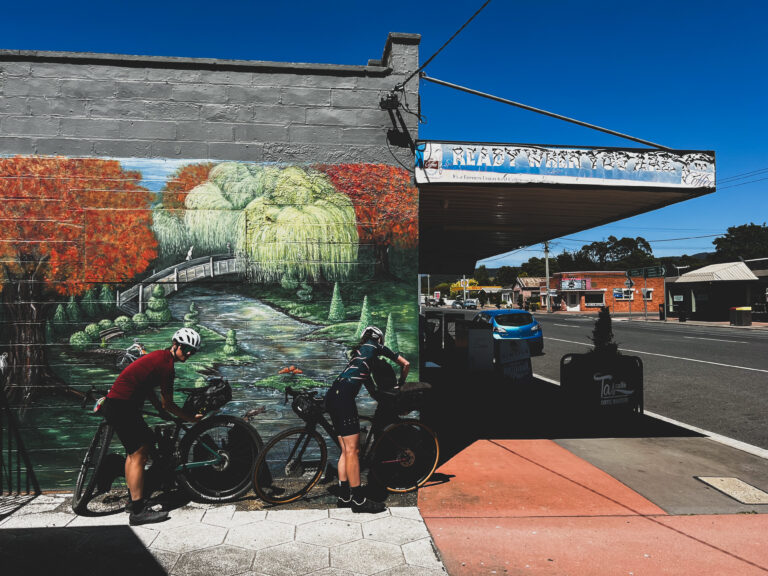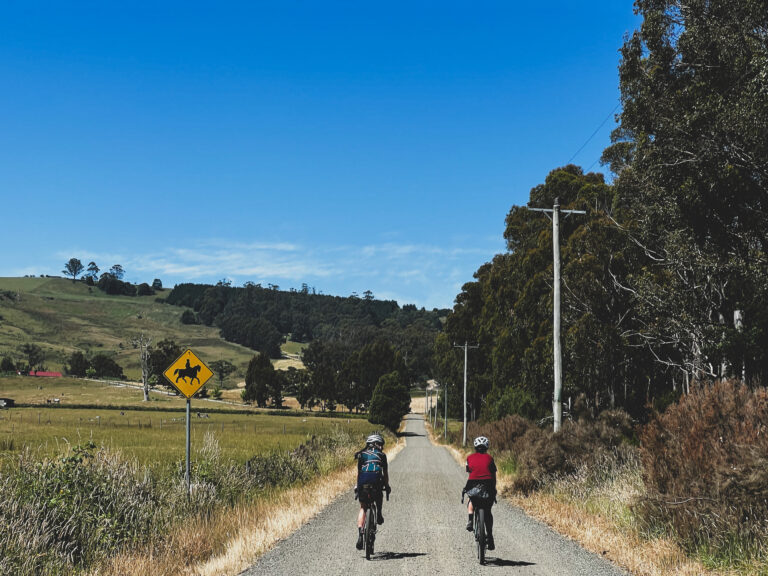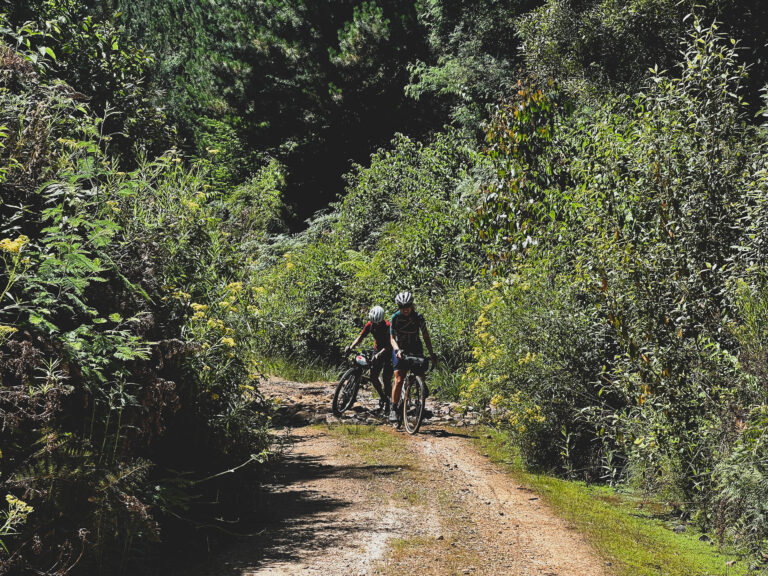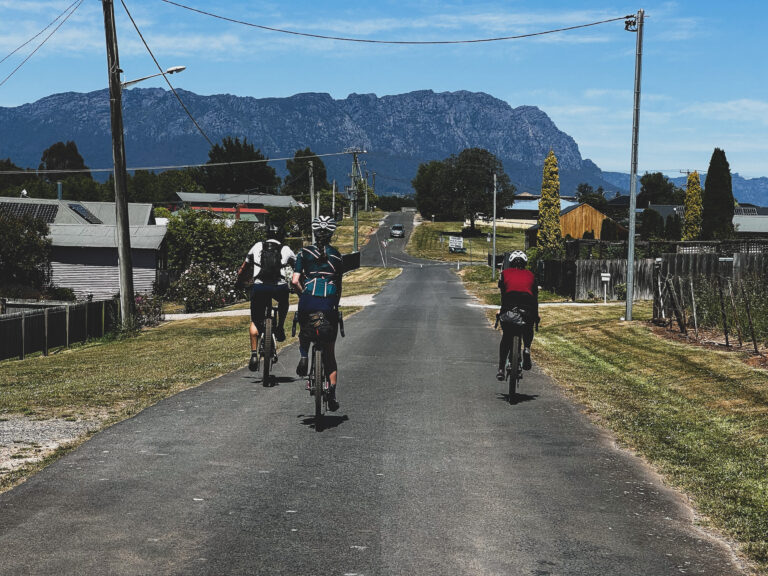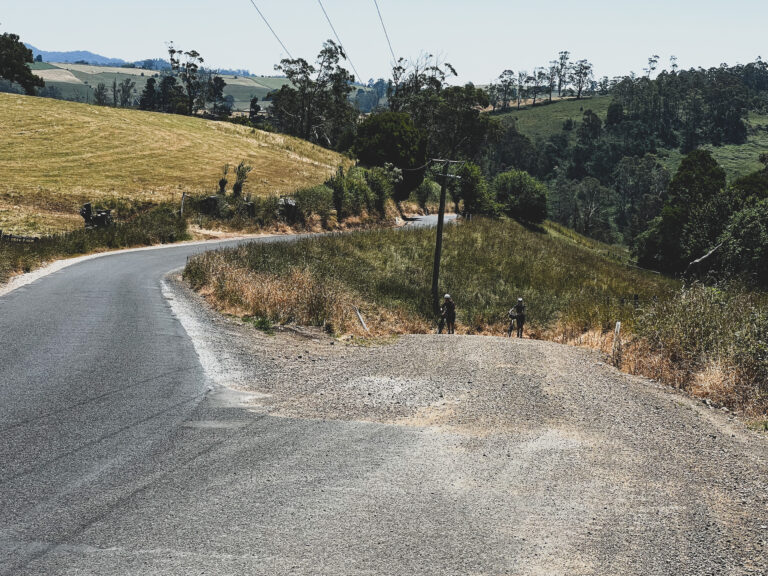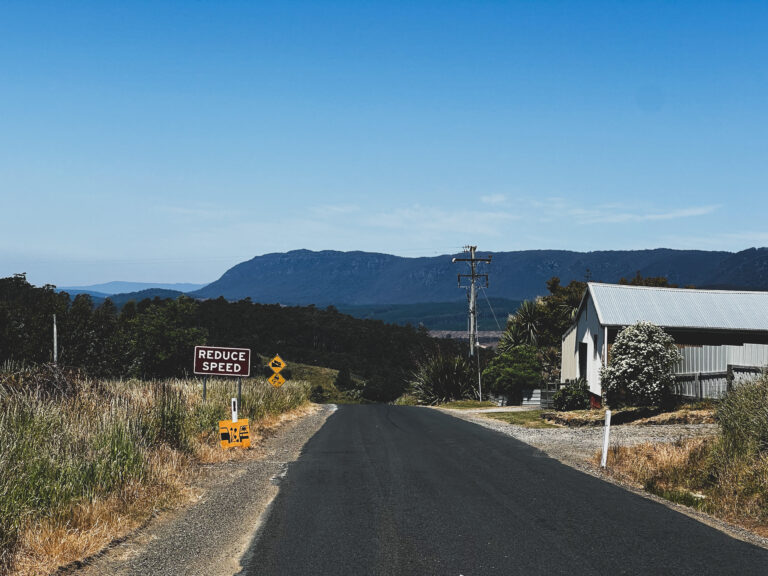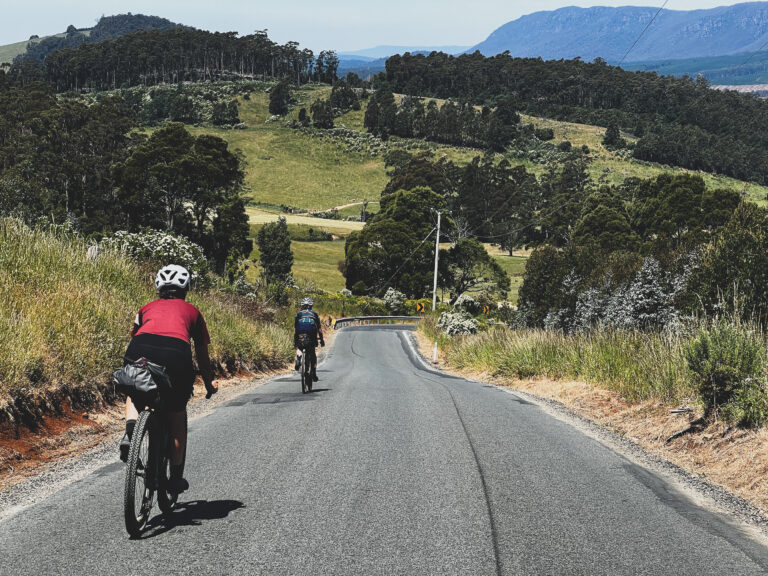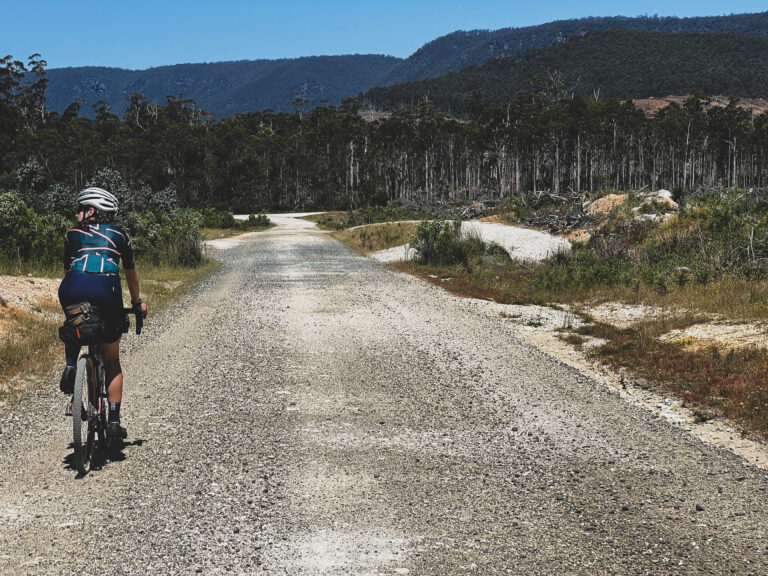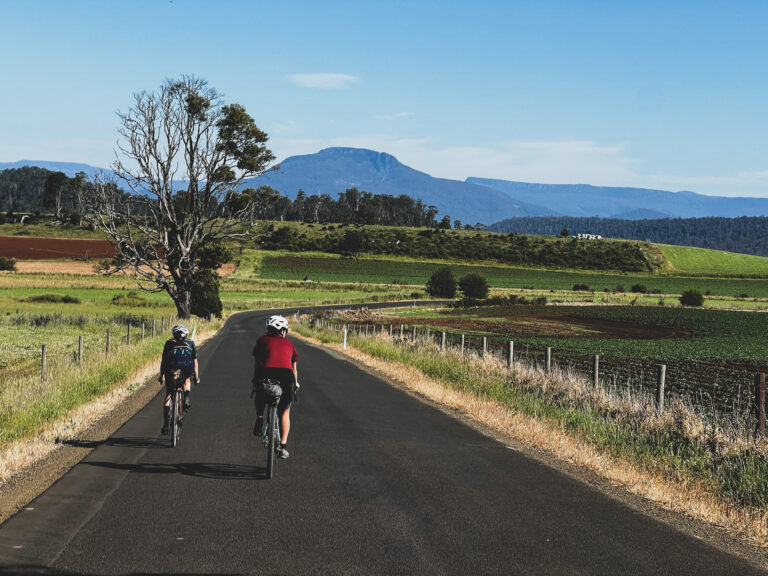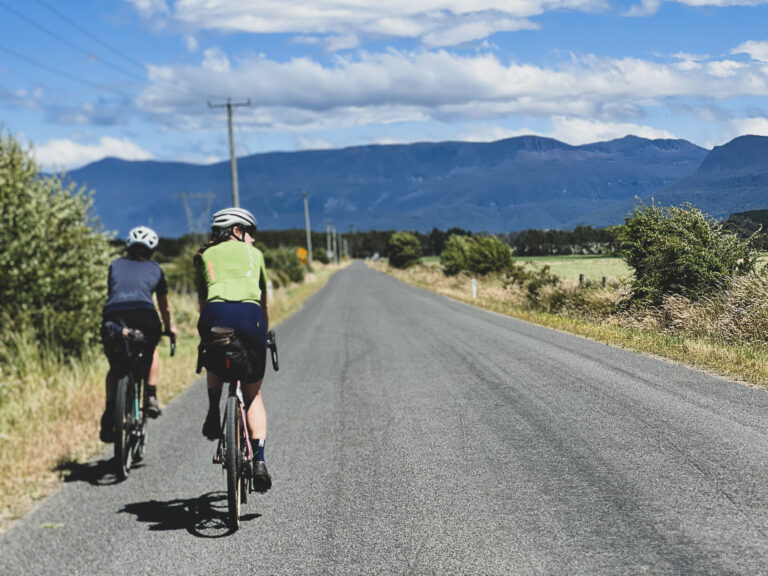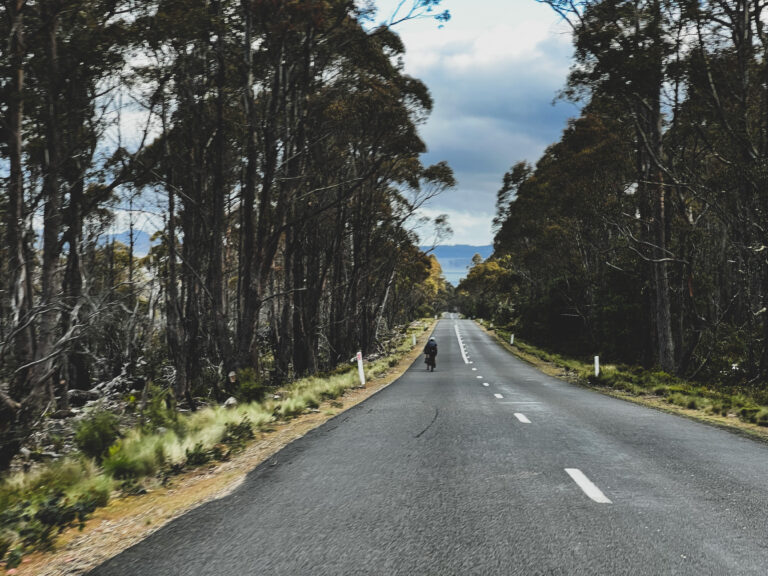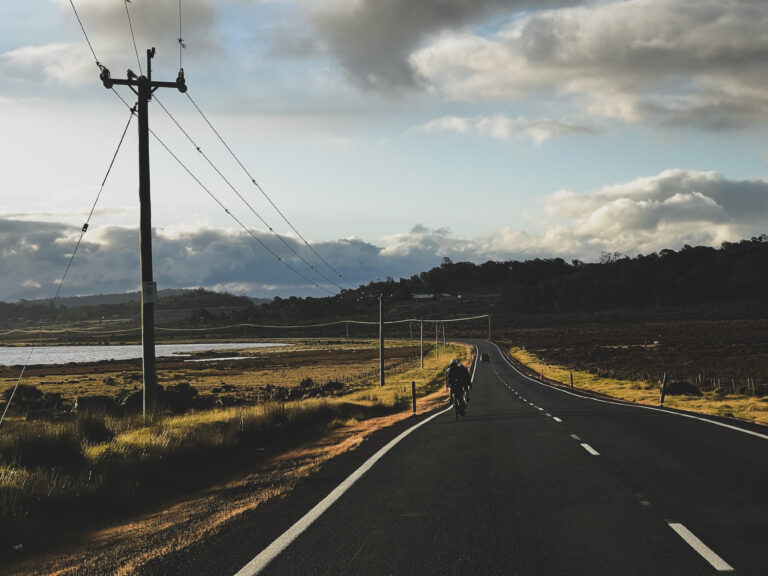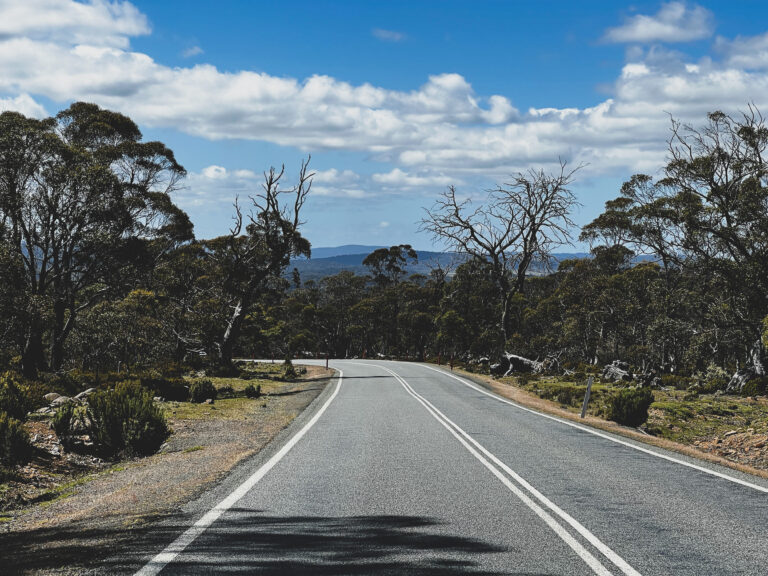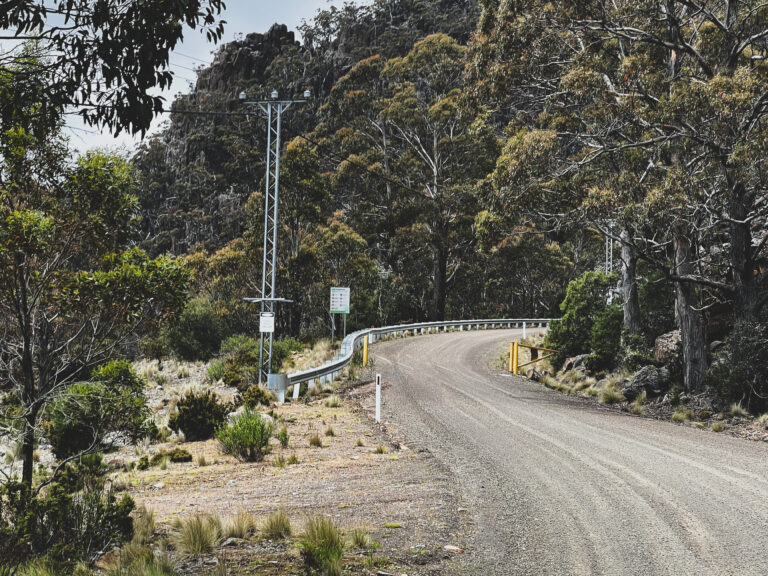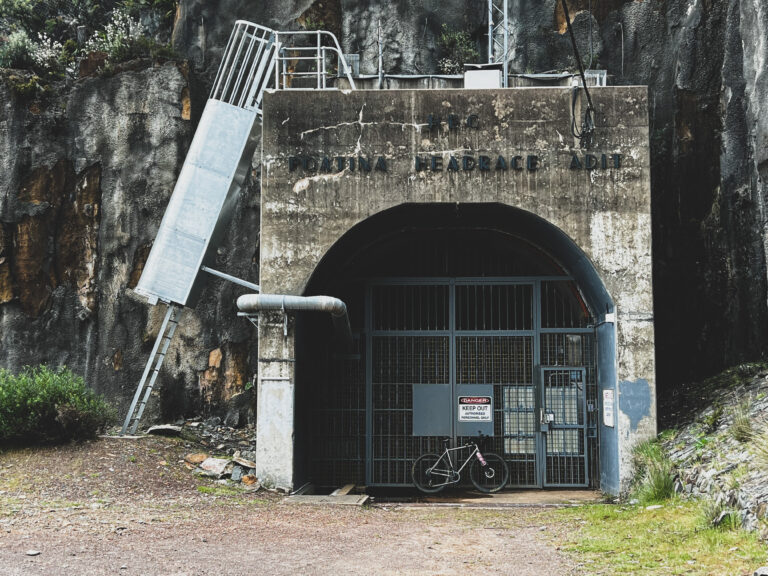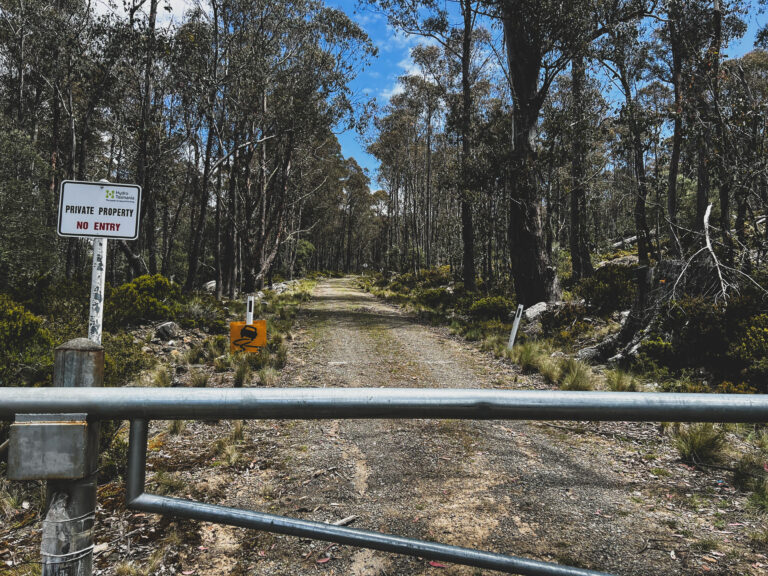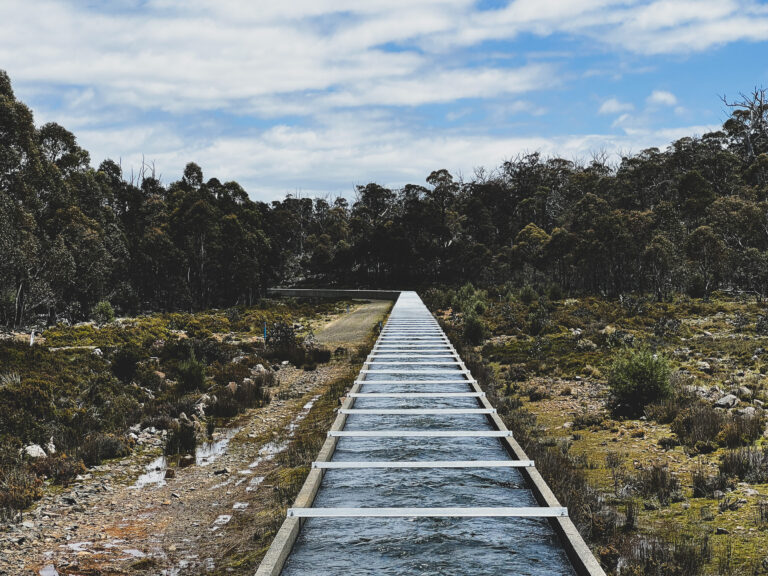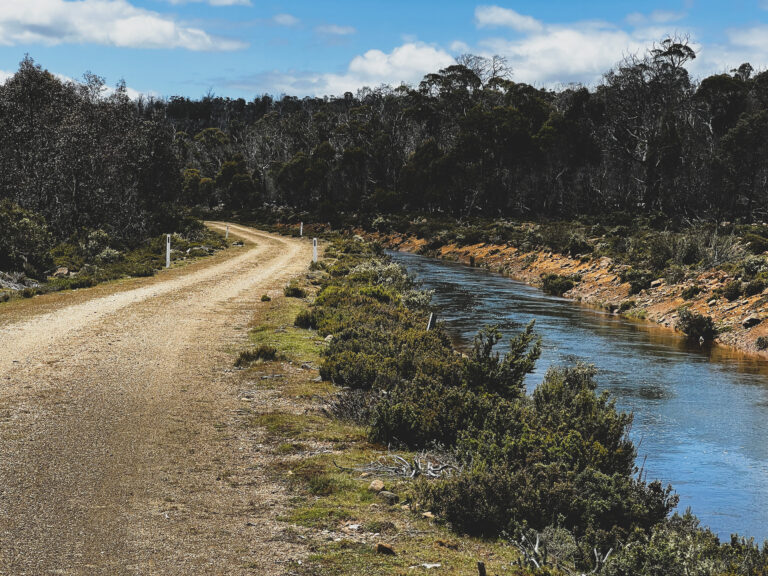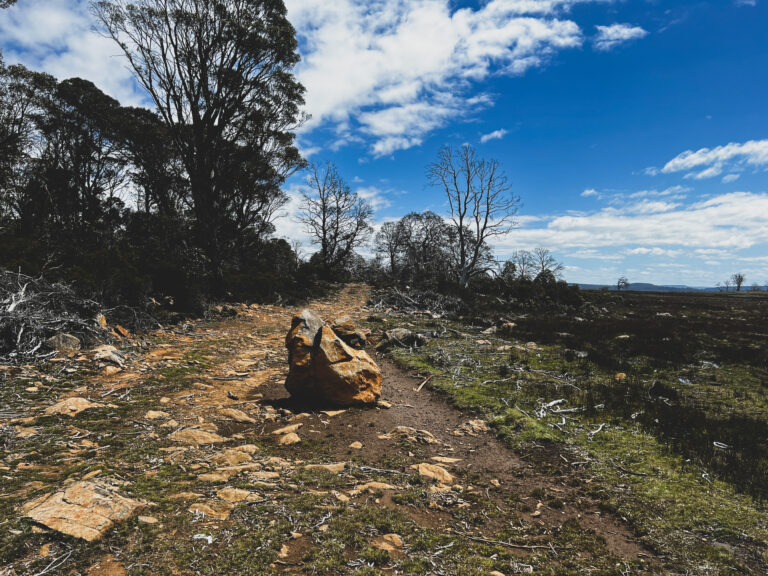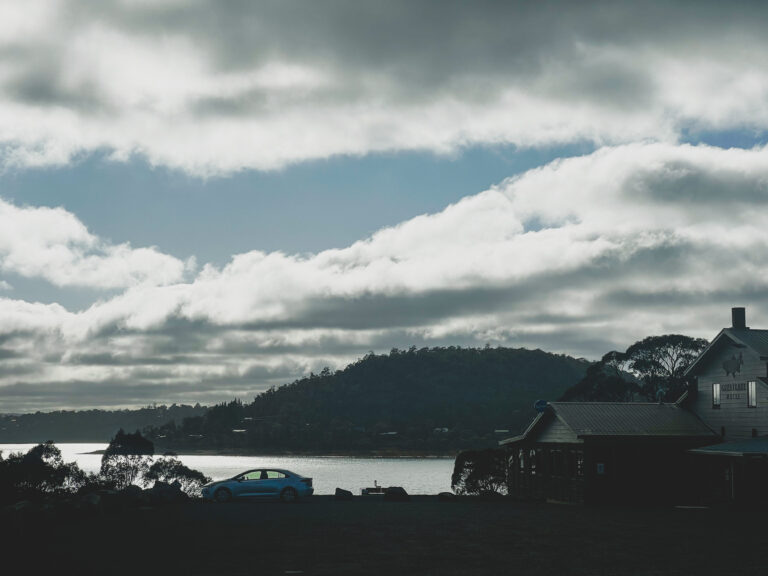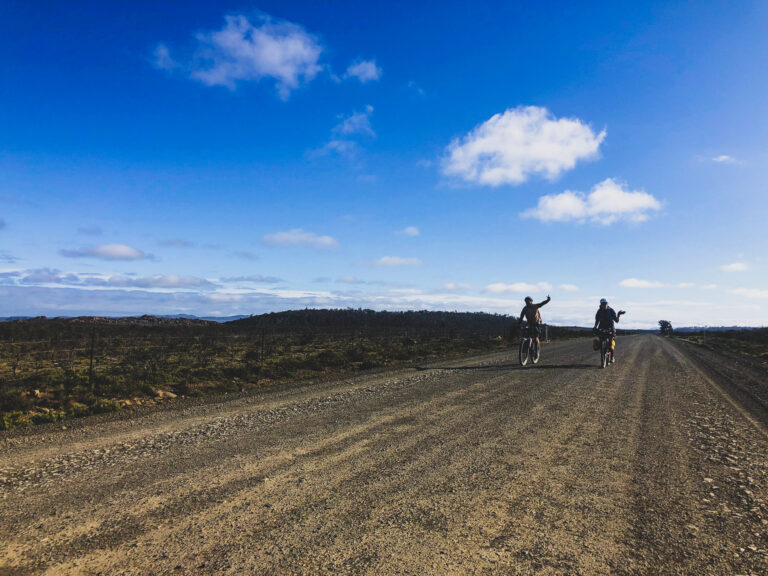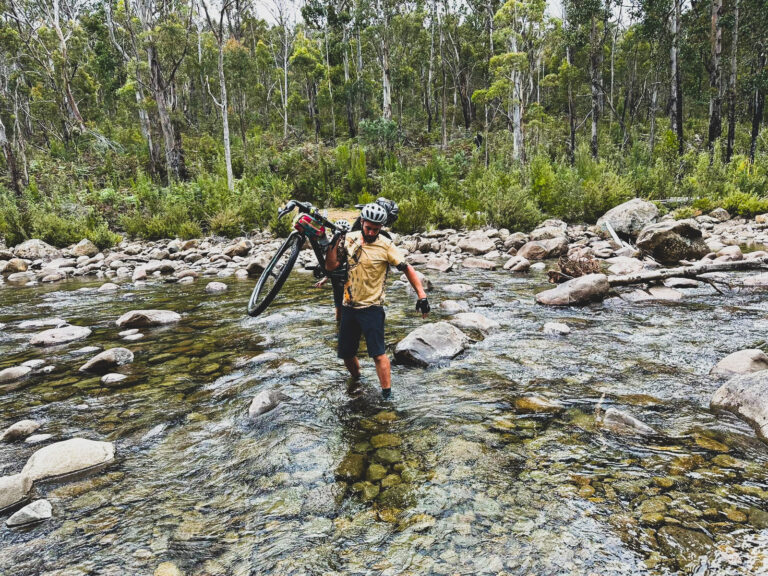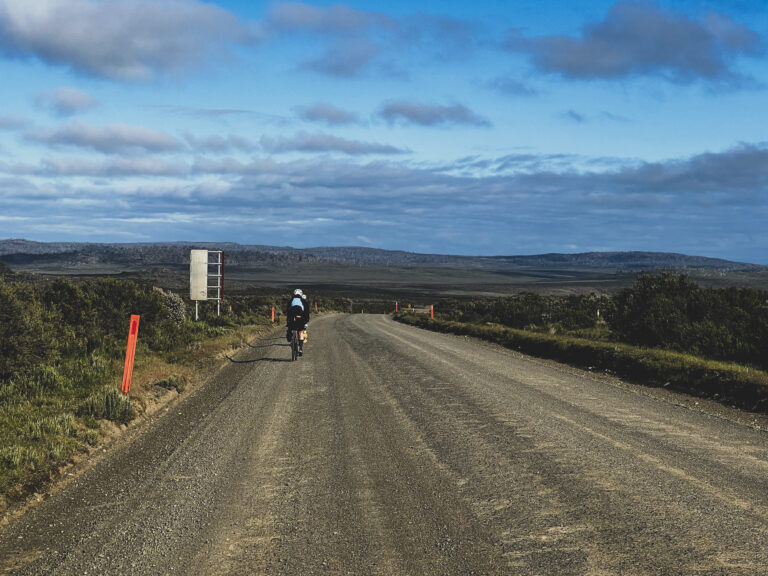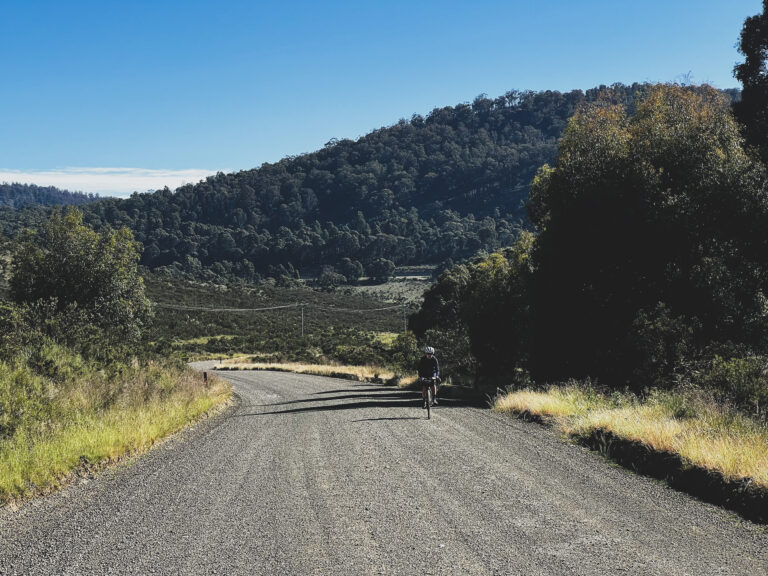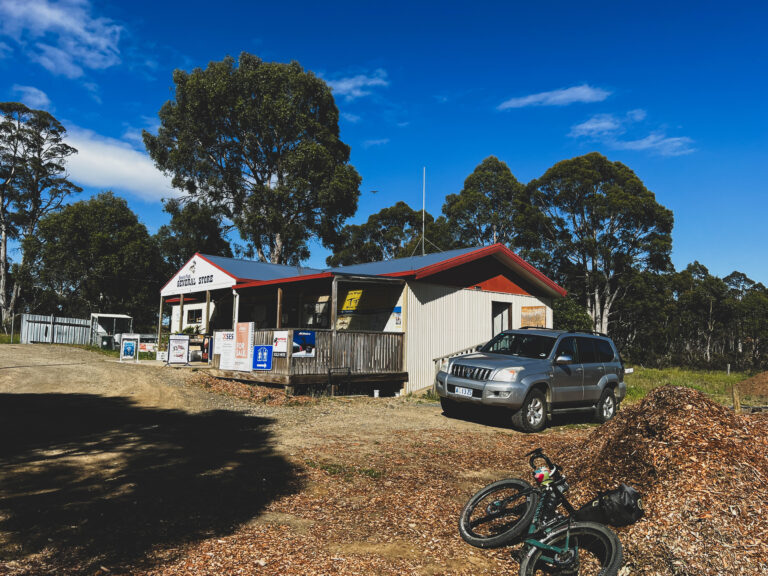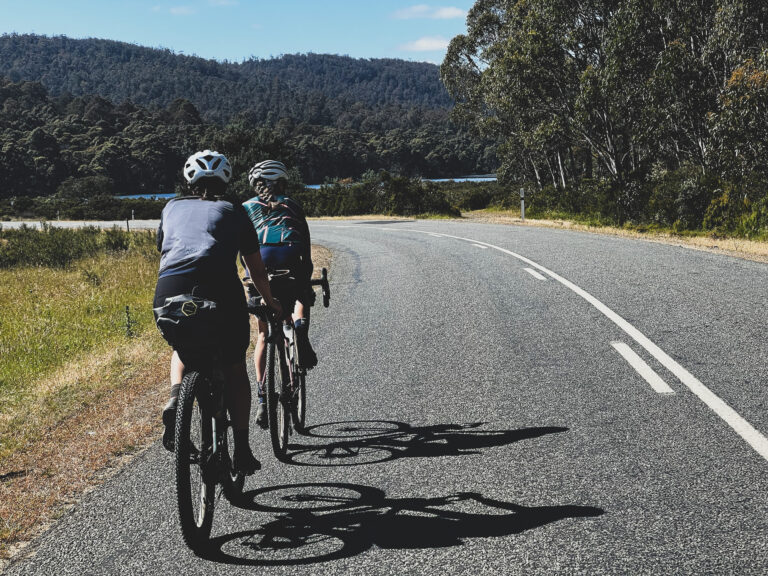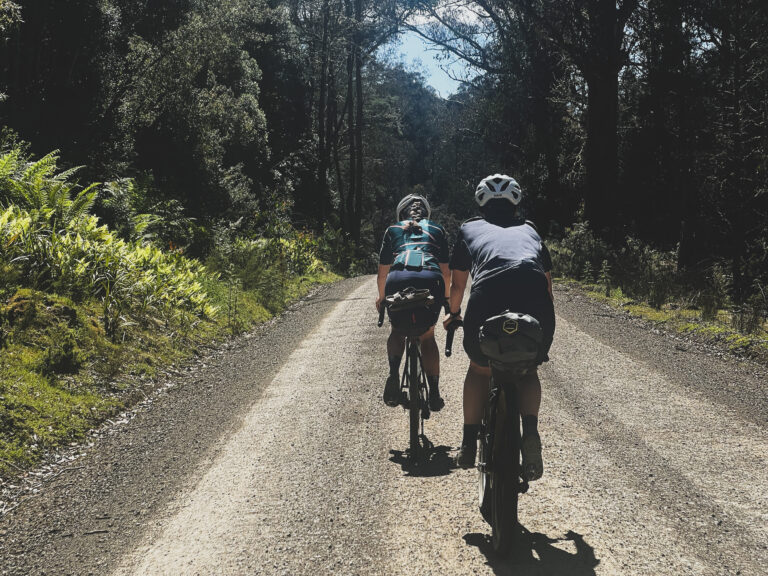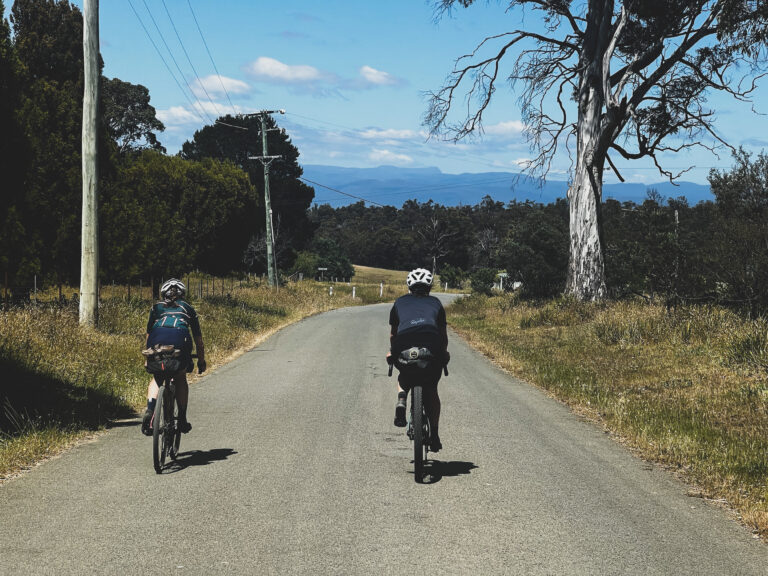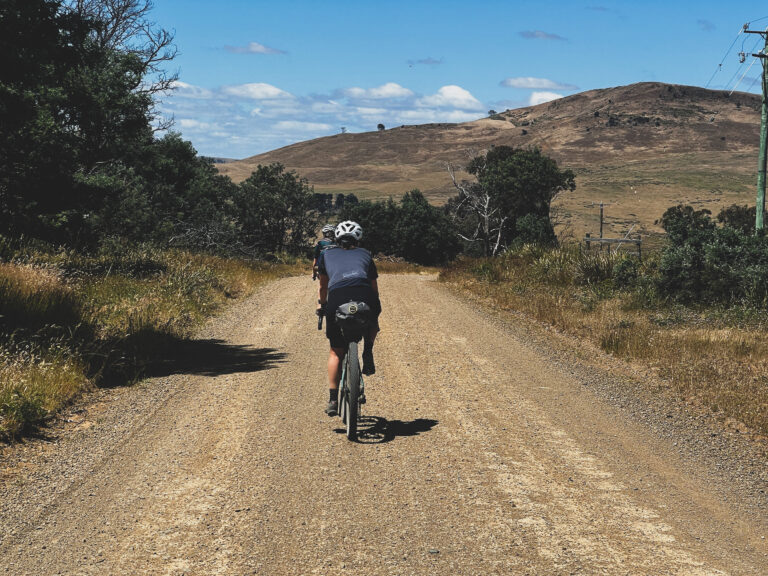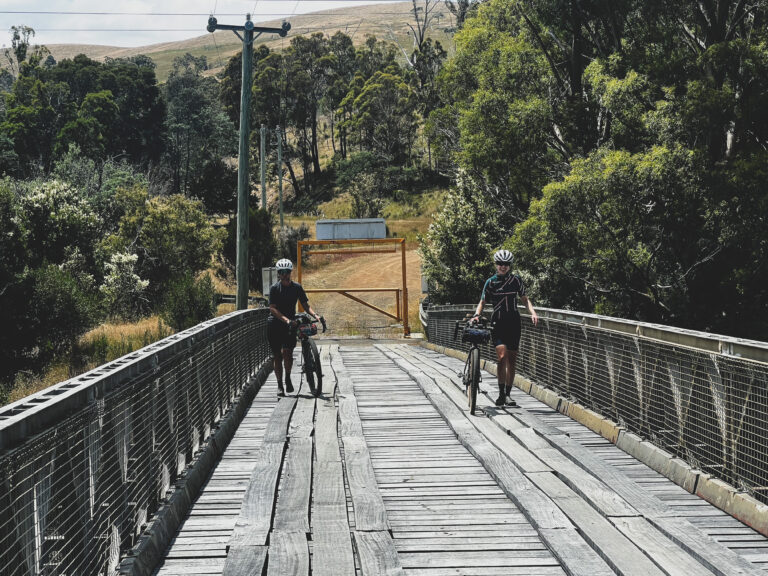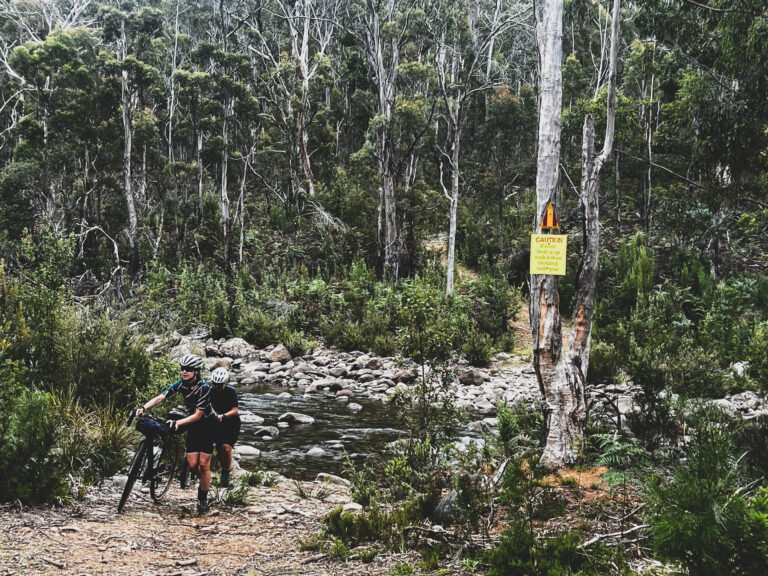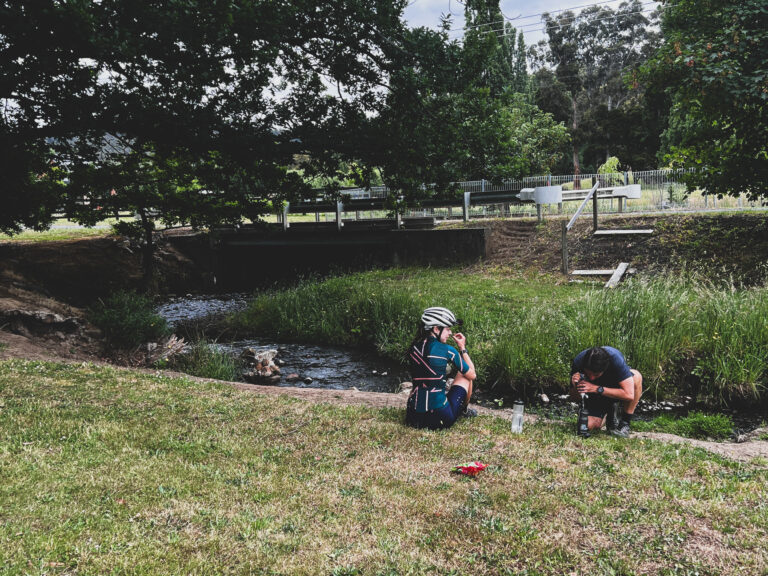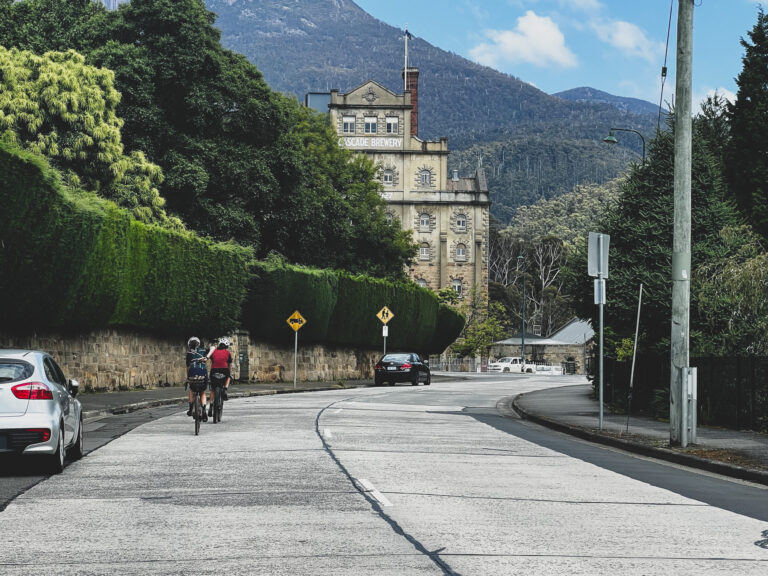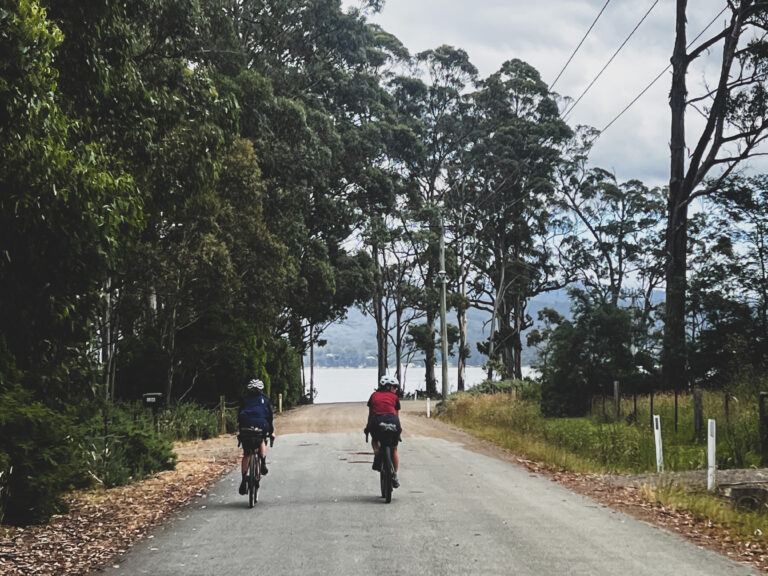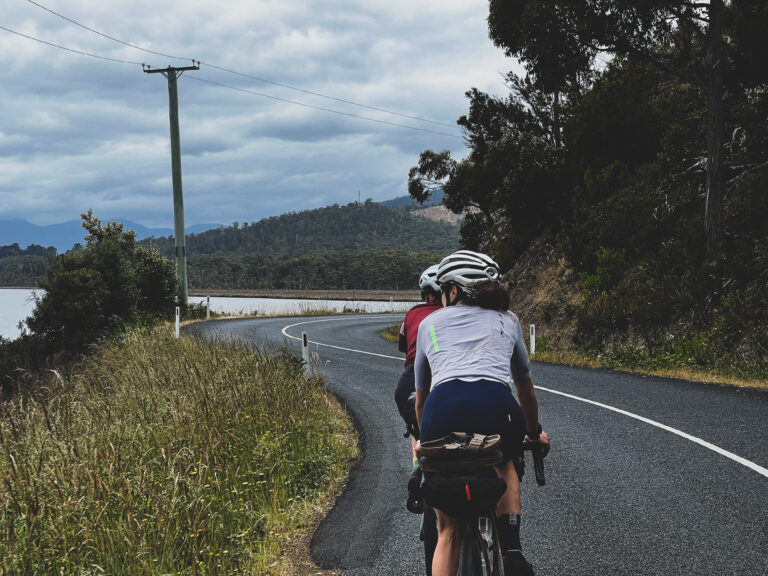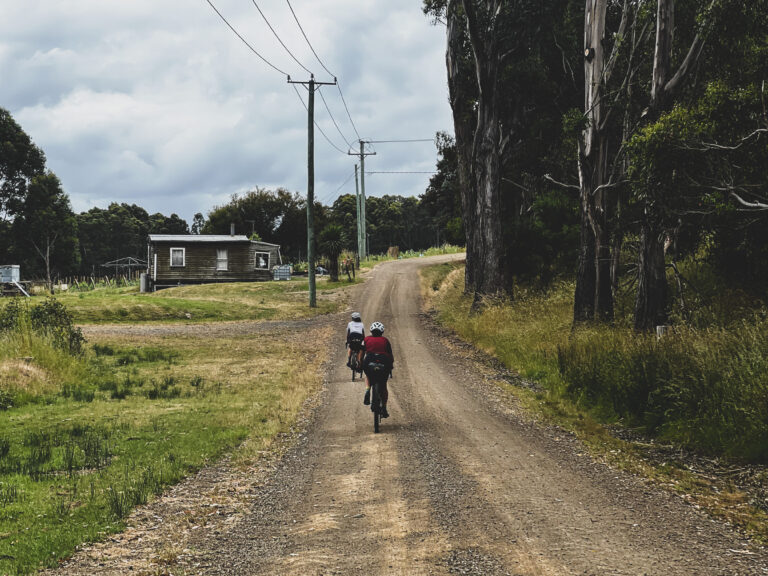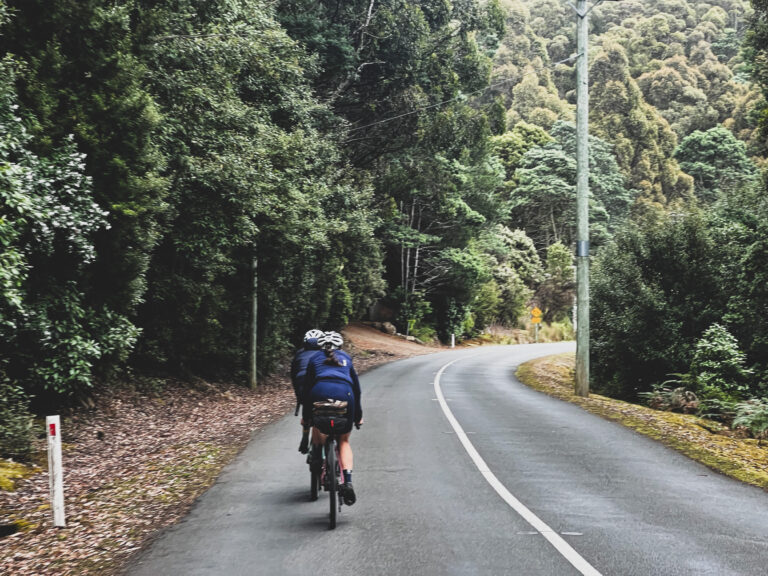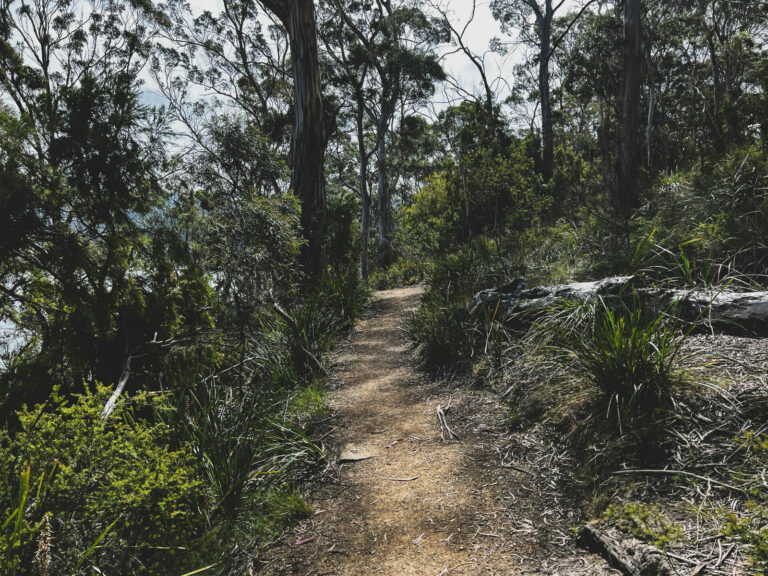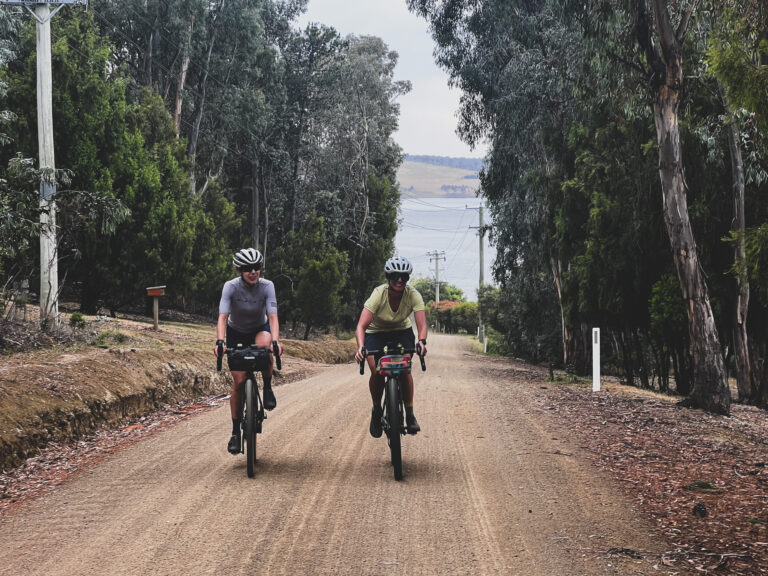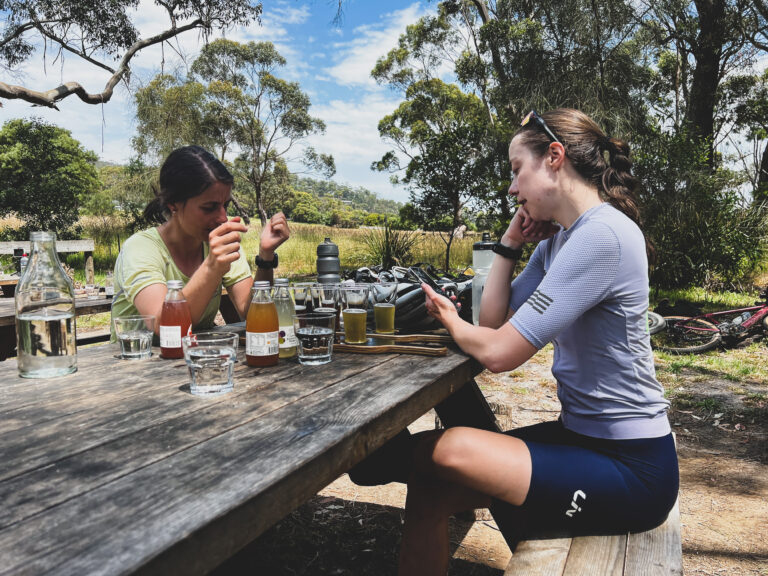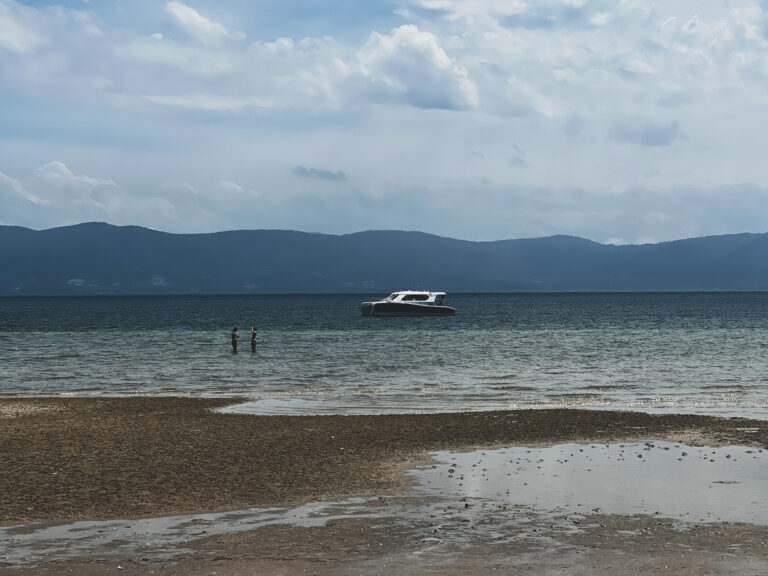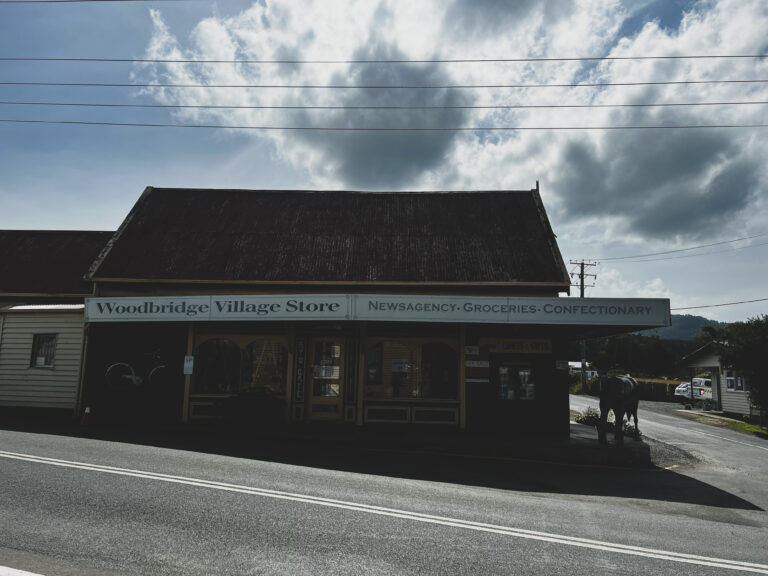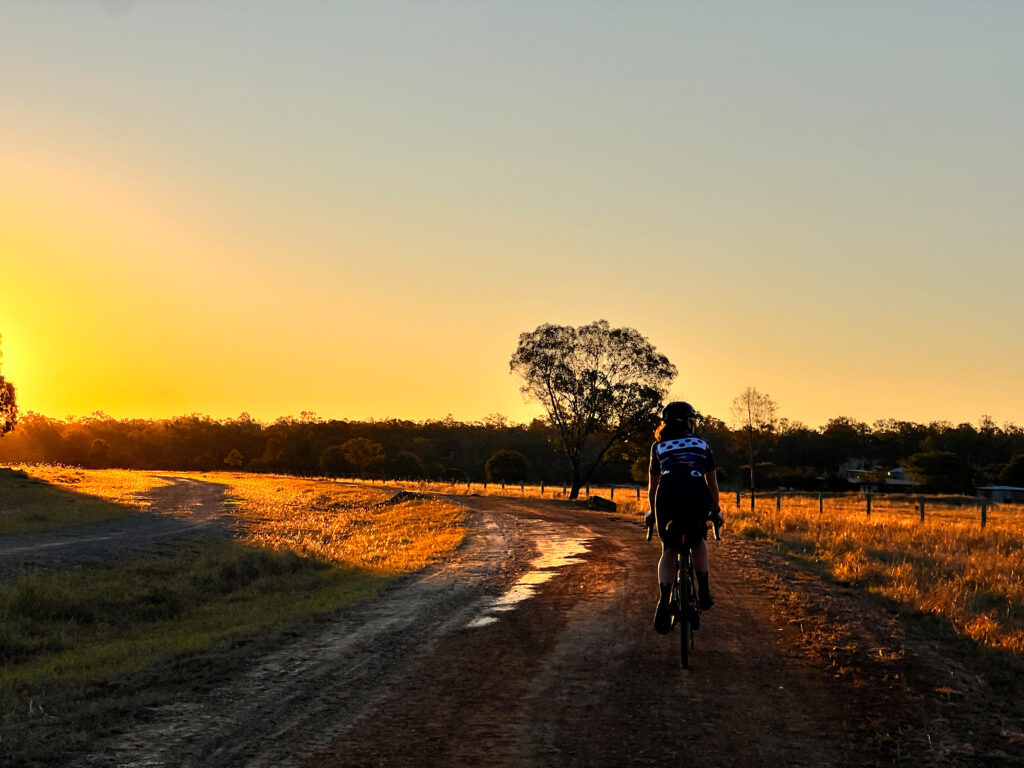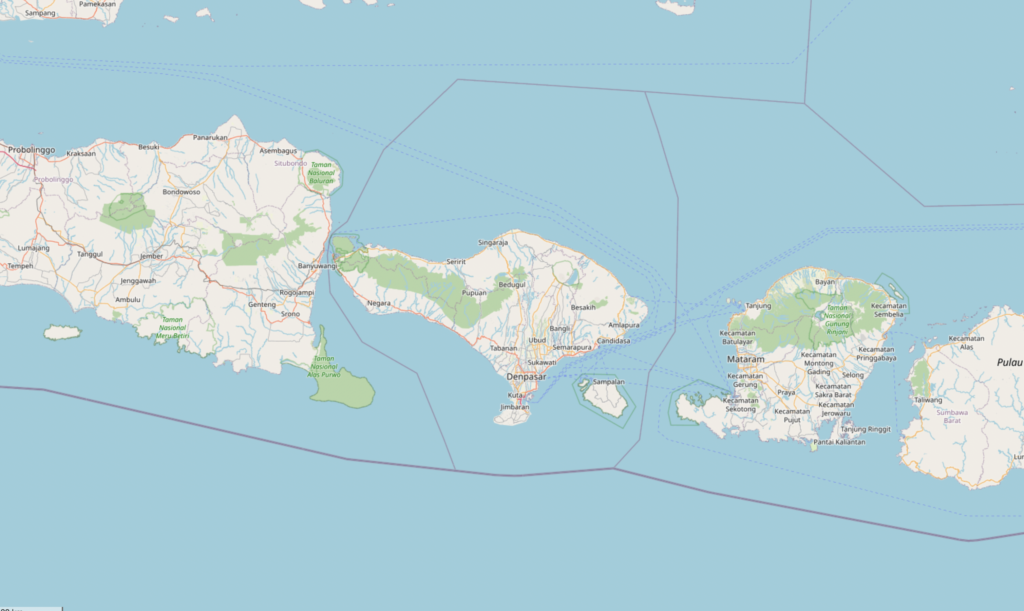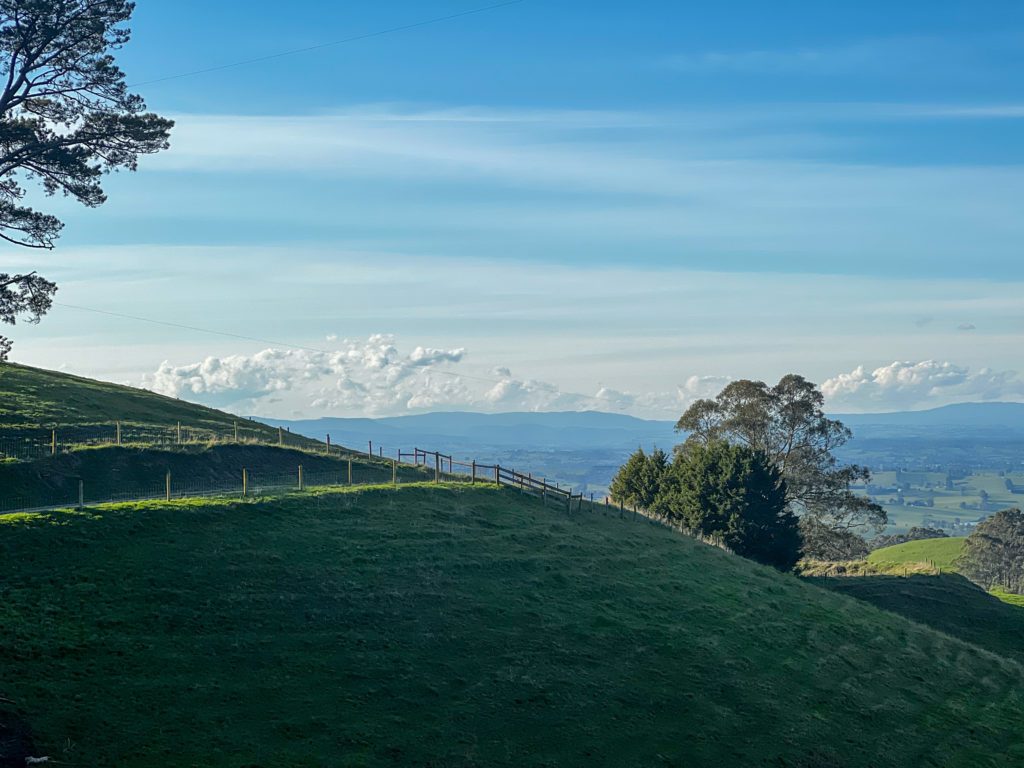The Tasmanian Trail is a long distance, multi-use trail originally designed for hikers and horse riders although it is now mostly intrepid bike packers that make use of this gorgeous inland track traversing Tasmania’s diverse terrain of farmland, forest, high plains and everything in-between.
The Tasmanian Trail has gained huge popularity over the years amongst bike packers, mainly due to it’s write up on bikepacking.com and it’s funny how if a particular route takes on some notoriety, just how many people are drawn to ride it.
The Tassie Trail is no exception and is on the tip of every wandering cyclists tongue but does it live up to its hype?
We rode The Tasmanian Trail, discovering the good (and the bad) and have created a somewhat alternate route to navigate a way around some of the more dated and dilapidated sections of the adventure.
Our version of The Tasmanian Trail starts you in Devonport and follows the original (or purist) trail until you reach Deloraine, where we detour through the town and then bypass the relatively impassable Cluen Tiers section.
From there the route climbs up to Miena via Poatina Rd, avoiding the Caves Track. (A 4hr hike-a-bike up a cliff face).
The route then descends down, mostly following the original Tasmanian Trail into Ouse and onto New Norfolk before the necessary hike-a-bike sections of Jeffrey’s Track and then permanently off the trail into Huonville.
Our alternate route then follows some amazing roads into Cygnet, over to Kettering (the gateway to Bruny Island), past the base of Kunanyi (Mt Wellington) and into Hobart.
You’ll find a map of our version below, scroll further still (beyond the gallery) and you’ll find the original Tasmanian Trail minus the sections that are no longer viable to ride.
The Tassie Trail is very much a “choose your own adventure type of ride”…
Being a relatively old trail, there’s parts that have fallen into disrepair and while there is plenty of information out there on the website and on Facebook, there is depth lacking and depth is what is required for some parts of this trail. There are downed bridges, felled trees, open ravines, landslides and just about anything you can shake the proverbial stick at. Research is required before attempting The Tasmanian Trail or you’ll find a lot of time backtracking and pushing your bike. Hence this article I suppose!
We were lucky in that we had a good friend (Em) who did the homework for us – perused the website and trawled Facebook for information and then mapped it out. She was unlucky and broke her collarbone a few weeks out leaving us with a handful of notes and a promise that we wouldn’t die. If you are reading this Em, we didn’t die. Many thanks.
While this may raise the scorn of purists, we opted for some detours away from the original route which involved some glorious gravel, however, perhaps a few more asphalt and busy roads than I would suggest most bike packers would love. Being terribly poor at following basic mapping instructions we still didn’t manage to avoid some of the dodgy parts of the route and for the masochists out there, don’t you worry, there are plenty.
Aside from the dodgy, there’s some epic parts on the trail such as the martian landscapes & high plains of Miena, the golden fields of Ouse or the scenic towns of Sheffield & New Norfolk, the forests surrounding Cluen Tiers and the winding Mersey River.
Our alternate route is an attempt to achieve balance between the epic and the quiet whilst avoiding most of the dodgy sections and busy road. You’ll also find that the route finishes in Hobart which makes for some easer logistics.
You’ll find that the route continuously links up with towns so there’s never too far to travel between food, water or rest suiting those who are riding with a little less experience in bike packing.
Would I recommend the Tassie Trail? Absolutely! The reason why we have put this page together is because we loved certain parts of it and wanted to make the best parts of The Tasmanian Trail more accessible for all. We found that information regarding the condition of certain parts of the trail were a little bit lacking so we’ve set out to take some of the uncertainty out of it for you.
Personally, my favourite part of bike packing is just exploring new places. They don’t have to be on the final frontier or through the wildest and most remote regions the world has to offer and The Tasmanian trail strikes a nice balance between feeling off the grid whilst still remaining close to towns and civilisation.
While The Tasmanian Trail might not expose you to the wildest parts that Tasmania has to offer, sometimes it’s just nice to ride and experience different places in a gorgeous setting as you let the world pass you by and that’s very much what this experience was.
Flying
If you have no other luggage other than your carry on and your bike (in a bike bag or bike box) and the bag or box is under 23kgs, it will cost you nothing extra to fly domestically in Australia with Qantas or Virgin.
Should your bike + bike bag be over 23kgs, it’ll cost $50 – $60 if you are flying Qantas or Virgin (not sure about the budget airlines).
*You will not be able to travel with a luggage item greater than 32kg in weight, so ensure that you are under.
*You may be able to hire a bike bag using the Gumtree app or you can pack your bike into a cardboard bike box (generally freely availably at your local bike store)
If you have no other luggage other than your carry on and your bike (in a bike bag or bike box) and the bag or box is under 23kgs, it will cost you nothing extra to fly domestically in Australia with Qantas or Virgin.
Should your bike plus bike bag be over 23kgs, it’ll cost $50 – $60 if you are flying Qantas or Virgin (not sure about the budget airlines).
*You will not be able to travel with a luggage item greater than 32kg in weight, so ensure that you are under.
*You may be able to hire a bike bag using the Gumtree app or you can pack your bike into a cardboard bike box (generally freely availably at your local bike store)
The Spirit of Tasmania Ferry
Although we didn’t do this, you are able to wheel your bike on and off The Spirit of Tasmania (double check rather than relying on this article as things change over time) for $19 (not including your passenger ticket which you’ll need to book in advance).
*The Spirit of Tasmania now leaves from Geelong (not Melbourne) and arrives in Devonport.
Hiring a bike
For bike hire you can find a mountain bike just outside of Devonport in the town of Latrobe from Wild Ride Cycles.
Or if you are planning on starting in Hobart you can hire a mountain bike from Roll Cyles.
Once you arrive at your destination, what do you do with your bike luggage?
Some airports have lockers for luggage storage options available such as “Smarte Carte”, which you’ll find at Hobart Airport. Just ensure that you check the dimension limitations and the availability of lockers on their website (link here).
For Devonport, you’ll have to be a bit more creative and perhaps ask at your accomodation or use a self-storage facility such as “Store-it self storage Devonport“. The only problem with this of course is that the route is a point to point journey so you would have to back track somehow to recollect your bike luggage from the town you left it.
*The simplest option would be to fly with a cardboard bike box, dispose of it at your destination and source another one upon departure or to catch the ferry. If you aren’t confident packing your bike yourself, most bike shops will help out.
*We flew into Devonport from Melbourne and were lucky enough to have a friend’s parent courier the luggage for us into Hobart.
Best places to eat, sleep or camp?
We did The Tasmanian Trail over The New Years Eve period and therefore accomodation was a little tricky to come by and being a relatively popular destination I would always suggest to book your accommodation in early.
Lots of riders prefer to camp and with plenty of towns along the route, there is ample places to camp or bunk in for the night.
Similarly, with the route passing through so many towns, there was so shortage of food supplies. Being quite hot however when we rode the trail, we found that water did become sparse at times. Much of the trail passes through farmland so I would strongly recommend treating any water that you source from a river or stream extremely well and taking plenty of water with you. (Probably a bottle extra than what you would normally).
Is the trail remote? What do I need to bring to cater for this?
There are certainly parts of the trail without phone reception and a GPS or Spot Tracker is a necessity for something like this!
The weather in Tasmania is also increasingly bipolar. It could be 40degrees in Deloraine and then snowing the next day in the Central Highlands around Miena. You need clothing that caters for all conditions.
Water is not widely available like you might expect and when it is, it’s often low lying or adjacent to farmland which means there’s good chance the water is contaminated. We double treated our water with tablets and a filter bottle and did run out on the really hot days. Pack at least three full bidons and don’t consider leaving without water treatment facilities.

